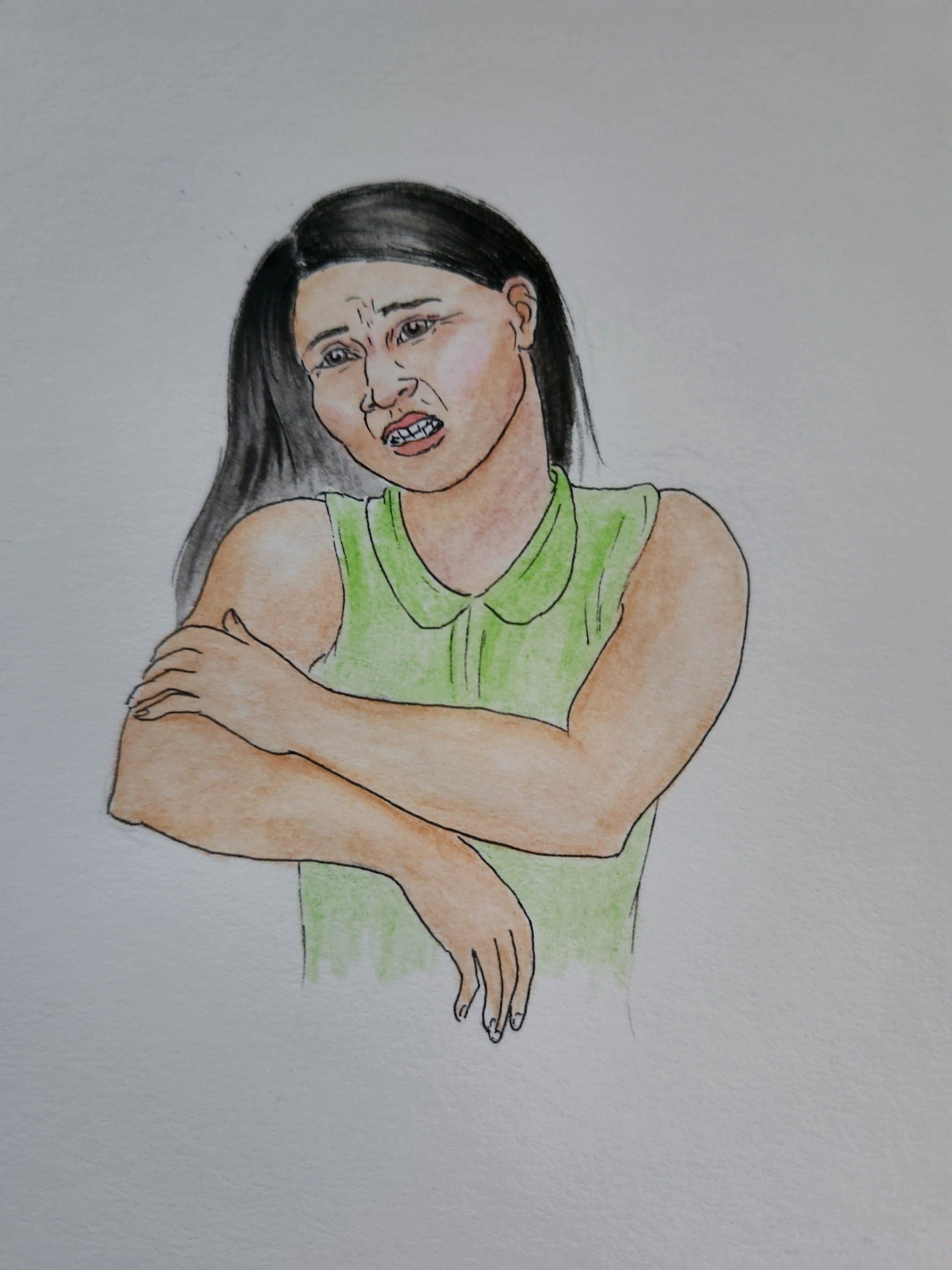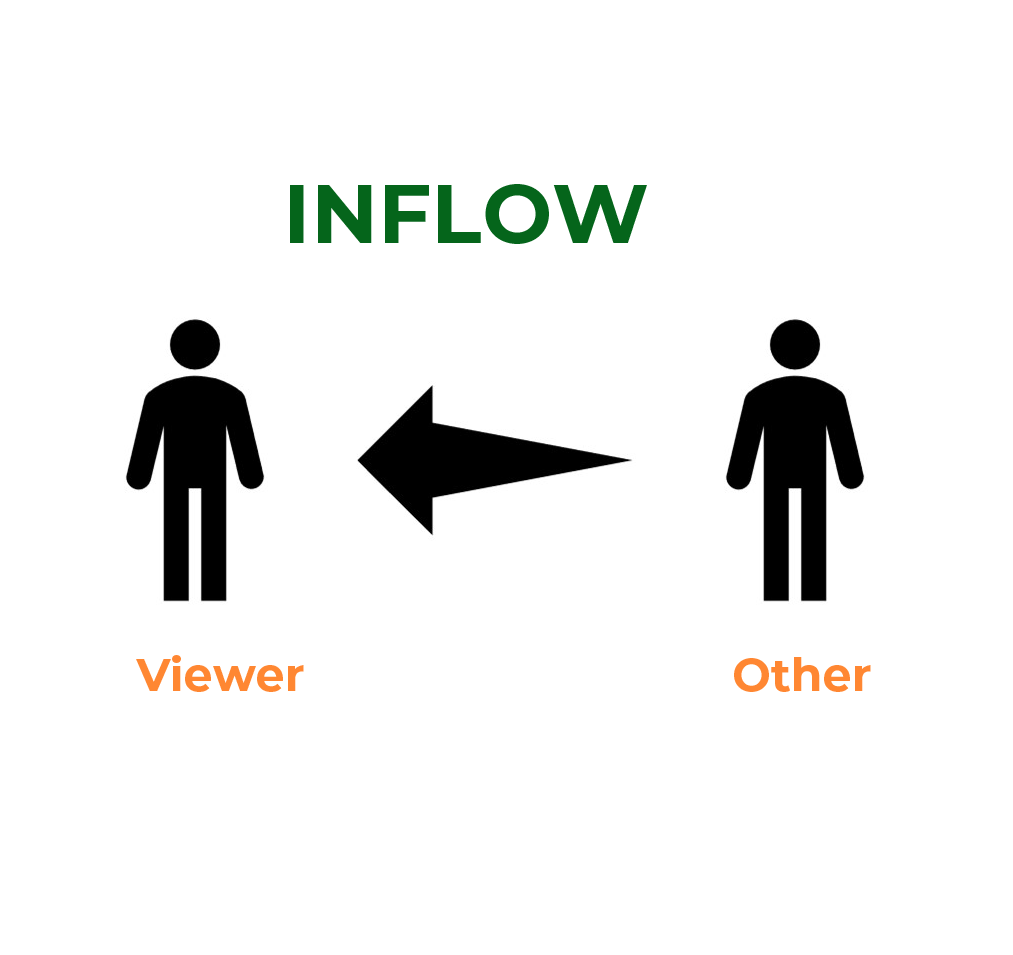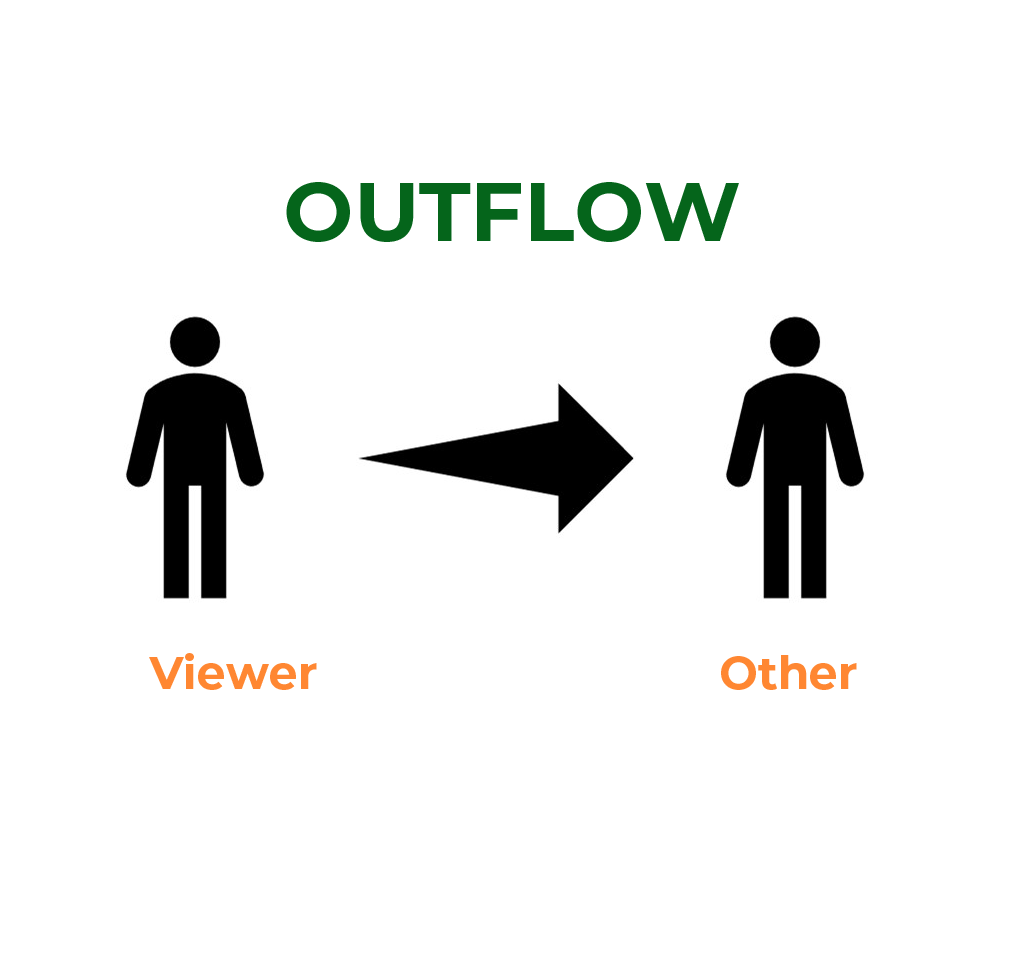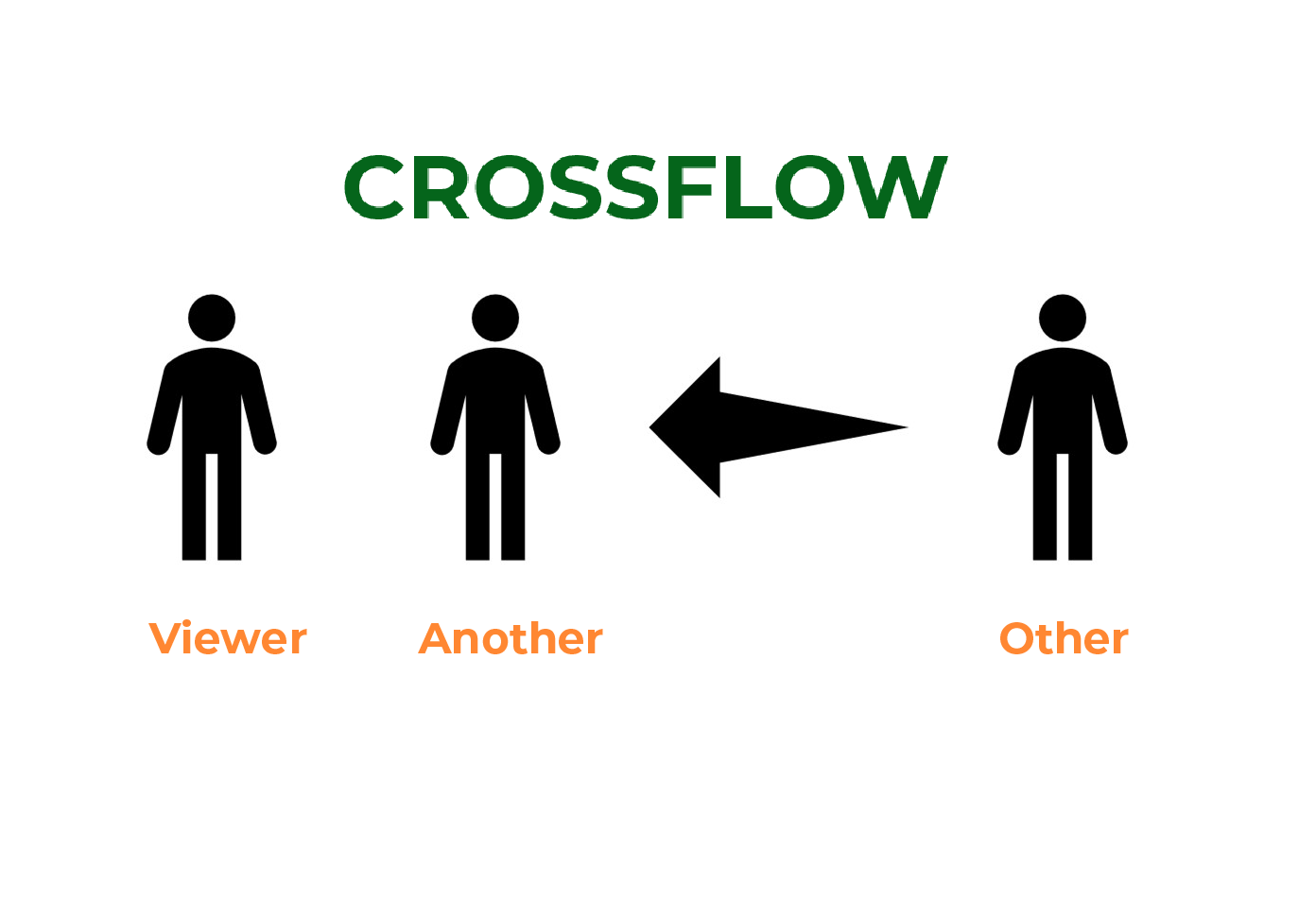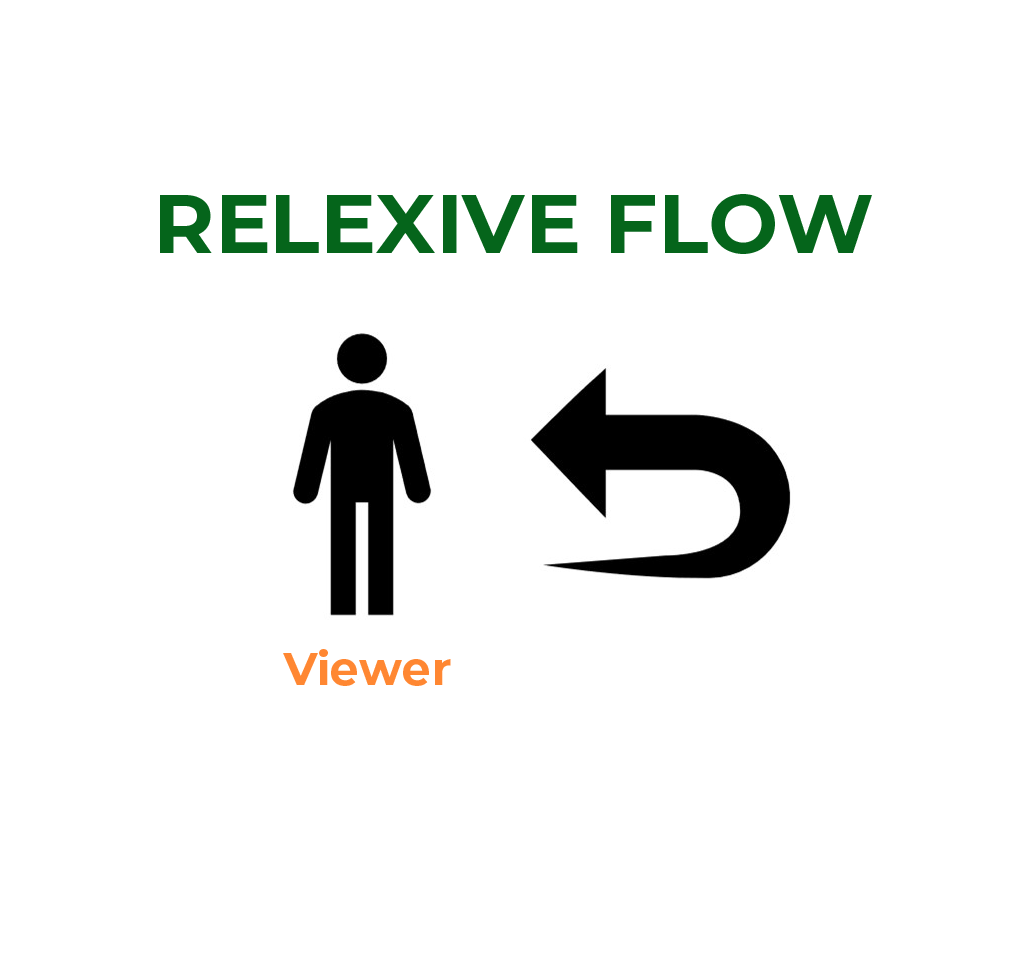Our Tools To Betterment
TRANSFORMATIONAL WORK
Transformational work is a causative evolution of and by the individual. It is the activity of optimizing the person's interaction with themselves and their body, their intimates, societal groups, the physical world around them, etc. It also addresses them as a spiritual entity.
Transformational work does not intrude into the realm of religion nor does it seek to change one's beliefs.
Transformational work is for the client and does not involve telling them what they should think or how to feel about something.
A client is never forced to look where they are not ready and willing. The intention is rather that the client become gradually more and more able to confront that which before would have been uncomfortable.
Beginning with a new client, we first address those areas which are currently troubling them. When those areas are handled to the clients satisfaction, the client will then be guided into locating the various factors and incidents which predisposed them to those now cooled off areas thereby removing the triggers.
This method of cooling an area off and then locating the causal factors builds personal strength. These additions of strength and ability to confront life are actually a reclamation of what you already possess and the effect is cumulative!
The more one clears away, the easier it is to confront the next challenge.
After the current issues are addressed there is an opportunity to move beyond alleviation and into Enhancement.
Enhancement is where one unlocks their potential. This work is also tailored to the individual's needs and wants.
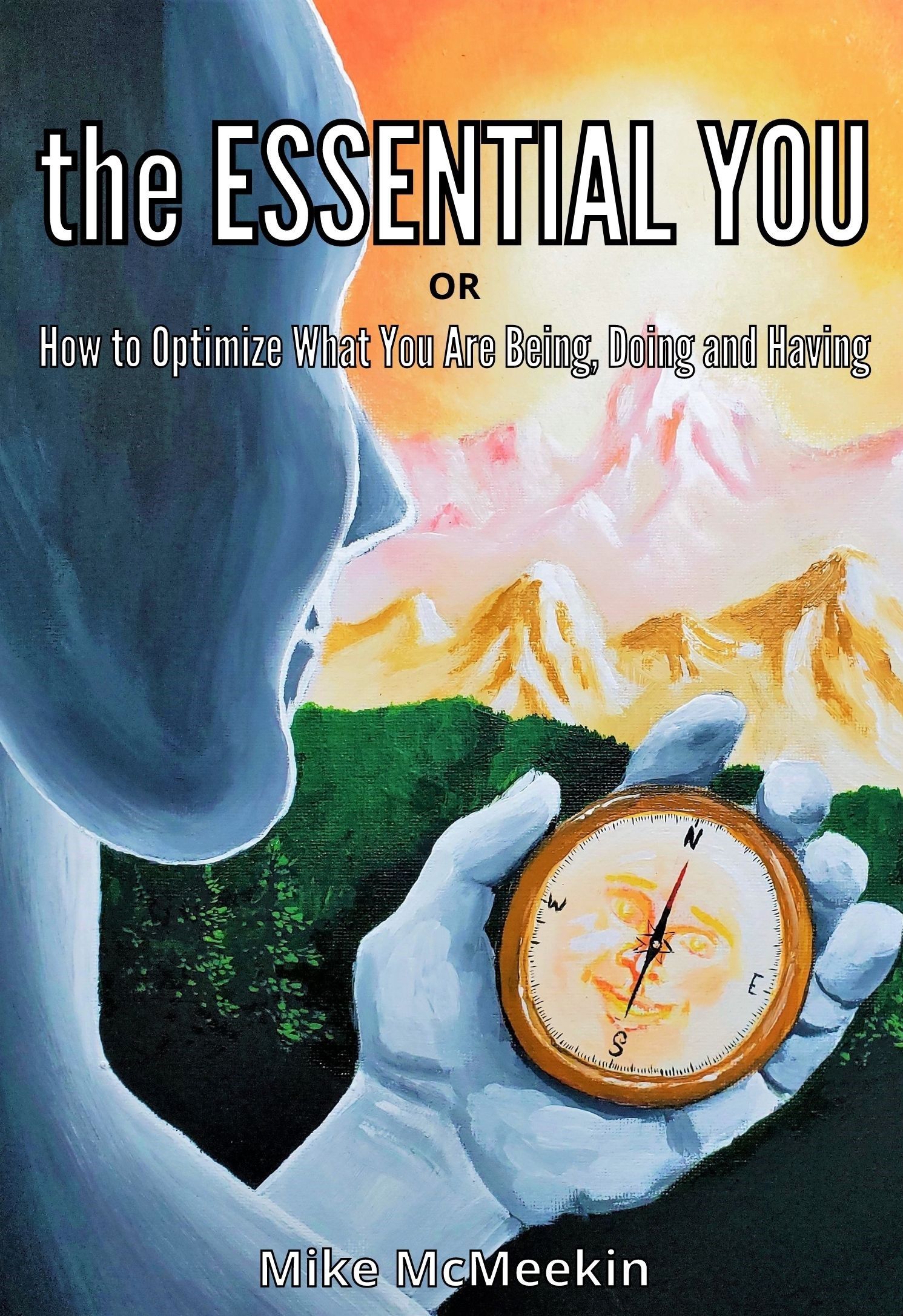
The
ESSENTIAL YOU PROGRAM
Author: Mike McMeekin
The Essential You Program helps you strip away the not you-ness so you can authentically show up in life. The link below is to the study guide for this program.
TRAUMATIC INCIDENT REDUCTION
Traumatic incident reduction is a highly effective modality that is unlike any other type of therapy or counselling.
It is client centered and a gentle, unique method of treatment that quickly and permanently eliminates the unwanted effects of negative experiences.
TIR is an evidence based modality, recognized by the Substance Abuse and Mental Health Services Administration, and the National Registry of Evidence Based Programs and Practices. TIR is a direct exposure method that is well suited to alleviating the effects of emotional or physical traumas (PTSD), unwanted feelings, emotions, attitudes, sensations, pains and addictions whether to substances or behaviors.
LIFE STRESS REDUCTION
When we feel stuck in a negative space, mentally or emotionally, it can be hard to remember that life can have a rewarding, luminous, engaging quality. It can be uplifting, exciting, and fulfilling.
At the end of Life Stress Reduction one feels a new freshness and interest in life, along with diminished concern about both past events and current life situations that had been troublesome before.
Live your life your way
Ready for your
Online Session?
*Your initial consultation is FREE*
VIEWER EDUCATION
*Everything you say in a session is confidential*
Preparation for Session
Being tired, hungry or distracted can interfere with your ability to successfully view in a session. Drugs, medicines and alcohol also affect your ability to view. Please abstain from drinking or using recreational drugs 24 hours prior to a session and let your facilitator know if there has been a change of medication. It's a good idea to have some tissues and water on hand.
Charge
Unpleasant and/or unwanted sensations or feelings, reduced awareness or compulsive behaviors are the result of Charge. Charge is the result of overwhelming physical or emotional trauma or unrelenting stress. Removal of charge from the viewer’s mental environment is a central goal in viewing.
Viewer
The person in a viewing session whose role it is to examine their past experiences and arrive at insights concerning them.
Viewing removes charge from the viewer’s present mental environment enabling them to function in the future more ably.
Viewing is done by the viewer, for the benefit of the viewer.
Viewers do not need to be concerned with the mechanics of the session or the session agenda, which is the facilitator’s responsibility.
Facilitator
The word Facilitator means “one who makes something easier for another.” The facilitator will direct you, by asking questions or giving instructions, to examine the content of your mental environment.
A facilitator is not a counselor or therapist. What you will be doing, while therapeutic, is not Therapy but instead “Integrative Education”.
Integration is the act of identifying and collecting missing data, sorting, and aligning with related data to complete the picture.
By viewing you will release the negative emotional charge, put order there and INTEGRATE the newly ordered data.
The Facilitator’s Role
Does not involve making suggestions, offering interpretations, analysis, re-framing, or doing anything for the viewer other than understanding what you have said and giving you the next instruction. The technique will be continued until you have released the charge on the item being addressed, you are satisfied that you have done so, and feel that the viewing activity is complete.
SCALE OF EMOTIONS
is really an observation of the various emotions one could manifest.
They are in ascending order:
- Apathy
- Grief
- Fear
- Anxiety
- Hidden Hostility
- Resentment
- Anger
- Antagonism
- Ambivalence
- Complacency
- Conservatism
- Cheerfulness
- Enthusiasm
- Elation
- Bliss
In life, person moves up or down on this scale due to emotional or environmental factors. Unpleasant events tend to temporarily lower one’s position on the scale while pleasant events tend to raise one’s position.
In viewing one contacts the stored and submerged charge of an incident and as a results moves lower on the scale. As one thoroughly views the incident the charge is released, the viewer will then move higher on the scale passing back up through and past those negative emotions.
End Points:
are simply the point at which a viewing activity has been completed.
As an incident is discharged, the viewer will move higher on the Scale of Emotions, feel and appear brighter, and no longer be looking inward.
In addition to the above, insights and a sense of wellbeing also signal that the end of the technique may be near.
When the viewer is satisfied that the charge is gone, that they have fully communicated their insights and they feel complete, the facilitator will ask the viewer if they are ready to end the technique.
A viewer is allowed as much time as is necessary to complete their viewing activity. The facilitator will only end the session when the viewing activity is complete to the viewer’s satisfaction.
End points vary in magnitude. Addressing a lightly charged item can produce what is called a flat point which means the viewer has no more answers to the technique instructions and has no more attention on that item. The facilitator would likely move on to another item to address.
Ready to schedule your session?
Did you know we offer sessions online?
The Result?
Fully addressing a highly charged item, on the other hand, might produce a dramatic end point. In that instance the facilitator would check with the viewer to make sure the viewing activity was complete and would likely end the session at that time to let the viewer enjoy their accomplishment.
Types of Techniques:
In general, the techniques used in our work consist of single or multi-part questions asked repetitively.
Other techniques include retrospective instructions which ask the viewer to find an earlier incident which contains a common theme.
The Facilitator will provide additional education as each new type of technique is introduced.
Our viewing techniques permit you space and time to examine and evaluate the areas of your life that you are interested in addressing.
Given that safe space and sufficient time, you will discover your own correct answers to re-order past incidents and/or experiences to integrate the newly aligned data for future use in your life.
FLOWS
are directions of causation from the viewpoint of the observer.
There are four main flows: inflow, outflow, crossflow, and reflexive flow. Imagine that you are the pitcher on a softball team.
-
Button
The catcher throws the ball to you; that is an inflow.
-
Button
You then throw the ball to first base; that is an outflow.
-
Button
The player at first base throws the ball to second base; that is a crossflow as you witnessed the flow between two other people.
-
Button
You then reach down at your feet and pick up another ball and toss it into the air and catch it; this is a reflexive flow as you are both cause and effect of the communicated particle.
MENU
CONTACT
CONTACT
Tisha McMeekin
Certifications:
TIRF & LSRF
(253) 678-1536
Tisha@lifereclamation.org
Maumelle, Arkansas
Life Reclamation. All Rights Reserved | Designed and Managed by Galifrey








